Syn.: Brittonastrum triphyllum (Moench) Lyons, Dracocephalum canariense L., Cedronella madrensis M. E. Jones, Cedronella triphylla Moench.
Family: Lamiaceae Martinov

Distribution: Endemic to the Macaronesian Islands – the Canary Islands and Madeira. The species was also introduced to the Azores, California, South Africa (Western Cape), southeastern Australia and New Zealand.
Ecology: It grows on margins of laurel forests. It blooms from April to July.
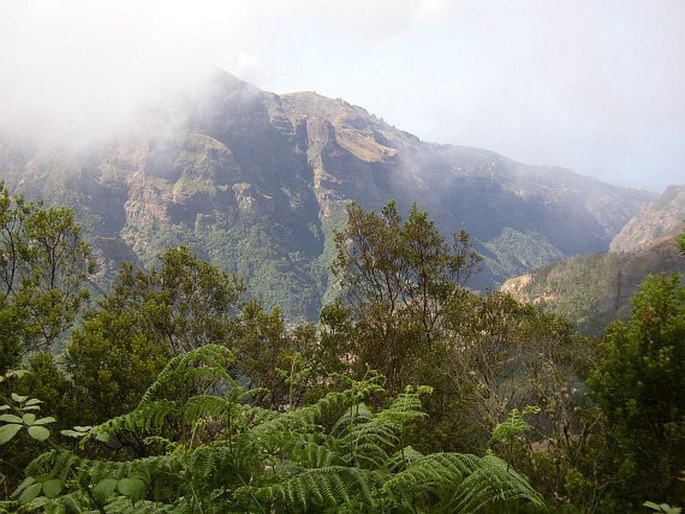
Description: Aromatic, perennial herbs, woody at the base. Stems 80–200 cm tall, glabrous. Leaves petiolate, 3(–4)-foliolate, leaflets lanceolate, 6–13 cm long and 1.5–4.5 cm wide, acuminate, glabrous above, pubescent beneath, serrate. Inflorescence dense, terminal, racemiform; bracts 5–6 mm, linear; calyx-tube 8–12 mm, puberulent, teeth 3.5–4 mm, acuminate; corolla 16–20 mm, 2-lipped, upper lip 2-lobed, lower lip 3-lobed, the middle lobe the longest, pinkish to lilac, rarely white, puberulent. The fruits are nutlets, 1.5–2 mm.
Use: The leaves are used for the preparation of a refreshing beverage, so-called Canary Tea.
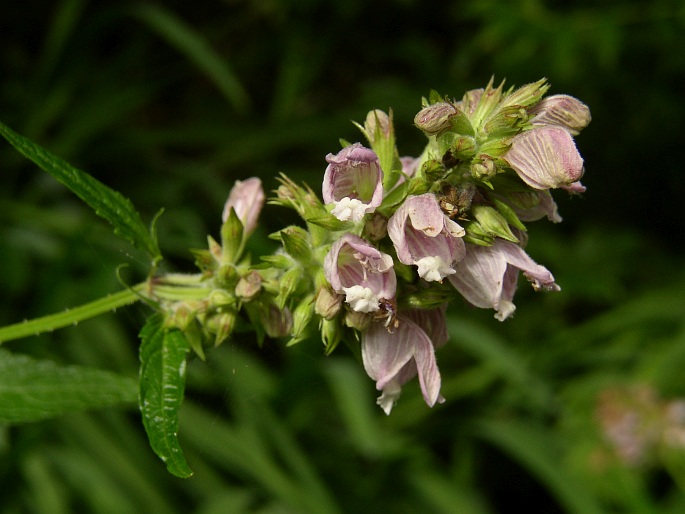
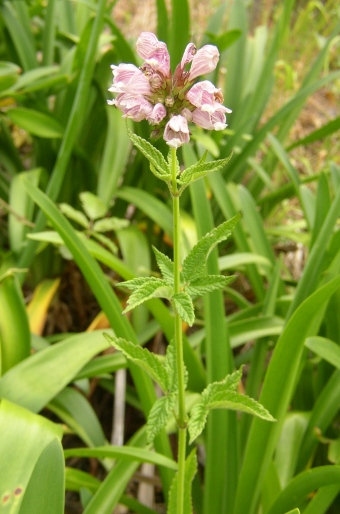
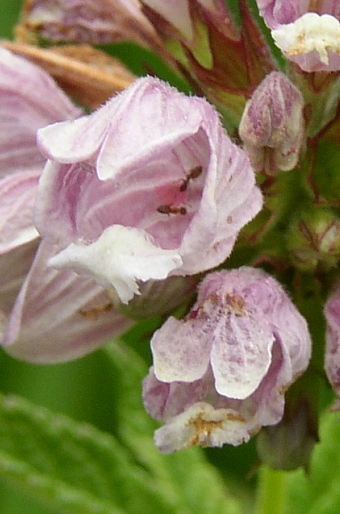
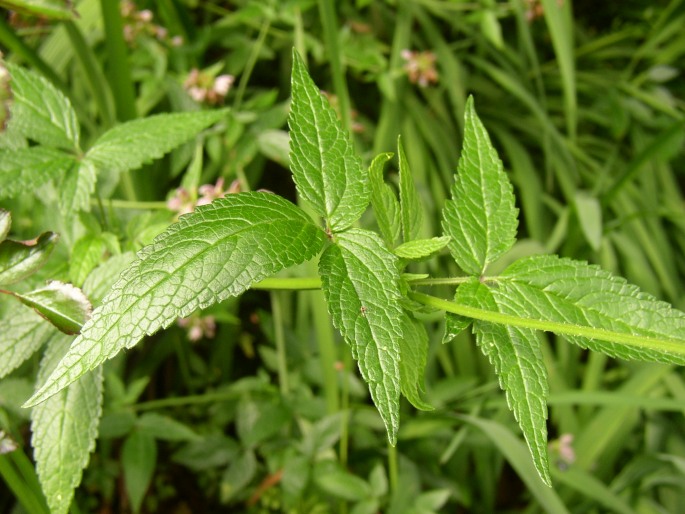
These images were taken in Portugal, Madeira, Boca da Encumeada (June 29, 2005).


